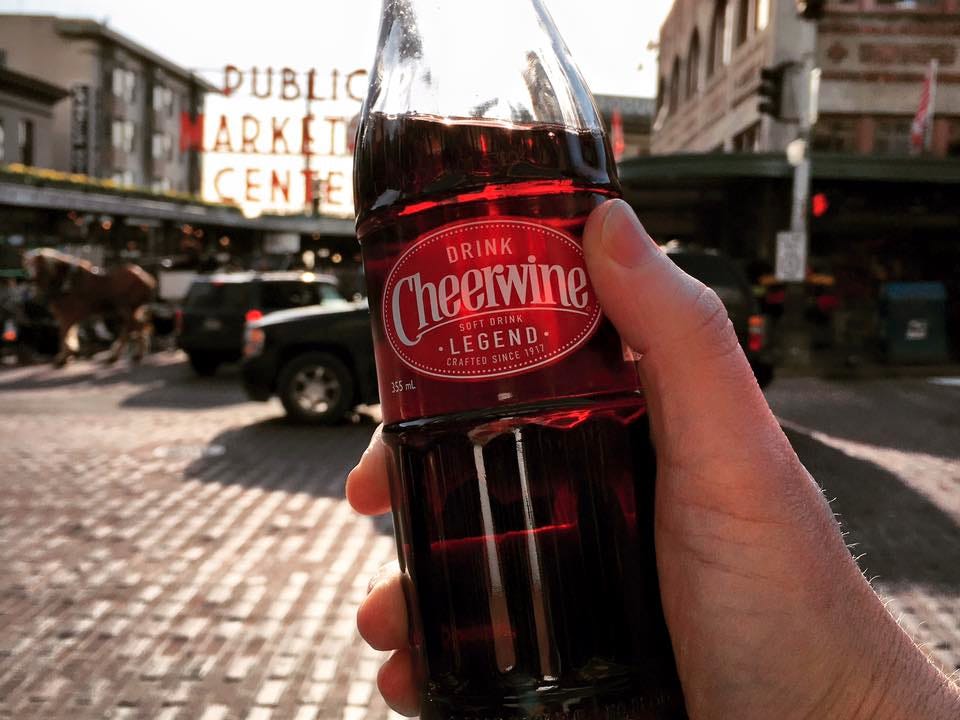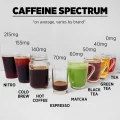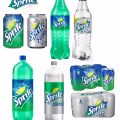Cheerwine, with its deep red hue and distinct cherry flavor, has been a beloved soft drink in the southern United States for over a century. Often compared to traditional colas, one question that frequently arises is whether Cheerwine contains caffeine. In a world where many beverages are caffeinated, this inquiry is relevant for individuals who are sensitive to caffeine or simply wish to make informed beverage choices.
In this article, we delve into the composition of Cheerwine to uncover whether or not it contains caffeine.
A Brief History of Cheerwine
Before delving into the caffeine content, it’s worth exploring a brief history of Cheerwine. Founded in 1917 by L.D. Peeler in Salisbury, North Carolina, Cheerwine quickly gained popularity for its unique taste. Despite its name, Cheerwine doesn’t actually contain any wine; rather, it gets its name from the word “cheery,” reflecting its refreshing and enjoyable nature.
Understanding Caffeine
Caffeine is a natural stimulant found in many plants, including coffee beans, tea leaves, and cocoa beans. It’s known for its ability to temporarily increase alertness and energy levels. While caffeine is commonly associated with coffee and tea, it’s also added to various soft drinks, energy drinks, and even some medications.
Caffeine Content in Cheerwine
In a 12 fl oz can of Cheerwine, there is a total of 48 mg of caffeine. This means that for every fluid ounce (fl oz) of Cheerwine, there is approximately 4 mg of caffeine. When we convert this to milligrams per milliliter (mg per 100 ml), it amounts to approximately 13.2 mg of caffeine.
Caffeine is a natural stimulant found in various beverages and foods. It’s known for its ability to temporarily increase alertness and energy levels. The caffeine content in Cheerwine is comparable to that of many other soft drinks, and it can provide a mild pick-me-up for those who consume it.
It’s worth noting that the caffeine content in soft drinks can vary slightly depending on the specific formulation and brand, so it’s always a good idea to check the product label for the most accurate information regarding caffeine content.
Ingredients of Cheerwine
Cheerwine’s distinct flavor comes from a combination of carbonated water, high fructose corn syrup, caramel color, phosphoric acid, natural and artificial flavors, and citric acid. The blend of these ingredients creates a sweet and tangy profile that distinguishes Cheerwine from other sodas on the market.
Health Considerations
The absence of a significant amount of caffeine in Cheerwine has both positive and negative health implications. On the positive side, individuals who are sensitive to caffeine or prefer to limit their caffeine intake can enjoy Cheerwine without concern. Caffeine-sensitive individuals often experience side effects like jitters, increased heart rate, and sleep disturbances, which are avoided when consuming caffeine-free beverages like Cheerwine.
However, it’s important to remember that while Cheerwine doesn’t contain caffeine, it is still a sugary carbonated beverage. High fructose corn syrup, a common ingredient in many soft drinks, has been linked to various health concerns, including obesity, type 2 diabetes, and cardiovascular issues. Therefore, moderation is key when consuming Cheerwine or any other sugary beverage.
Conclusion
In the world of beverages, the presence of small amounts of caffeine in Cheerwine is a notable and distinctive feature. Its popularity in the southern United States continues to grow due to its unique cherry flavor and caffeine-free composition. For those seeking a caffeine-free option that still offers a refreshing and flavorful experience, Cheerwine remains a top choice. However, it’s crucial to be mindful of its sugar content and consume it in moderation as part of a balanced diet. ALSO READ: Does Sprite Contain Caffeine?





